Does your dog devour their food in seconds, leaving you wondering if they even tasted it? Many dogs eat fast, but this habit can lead to more than just an empty bowl. It can cause health issues like bloating, indigestion, or even choking—problems that impact both you and your pet.
Fortunately, science shows that slowing down mealtime can make a big difference. When dogs eat more slowly, they digest food better, absorb nutrients more effectively, and are less prone to overeating. With slow feeders, you can naturally encourage these healthy habits.
In this post, we’ll dive into why dogs tend to gobble up food, the science behind slow feeding, and how it supports your dog’s long-term health.

1. Why Some Dogs Eat Too Fast
It’s common for many dogs to finish their food in seconds. Some dogs gobble food due to inherited instincts—leftover from their wild ancestors who had to eat quickly to protect their food from other animals.
Other reasons can include:
- Competition: Dogs from multi-pet homes often feel the need to eat quickly.
- Stress or Anxiety: Some dogs overeat as a response to stress or environmental anxiety. Overeating can lead to weight gain, which is linked to behavioral issues.
- Hunger or Medical Issues: Dogs who don’t feel satisfied or have dietary gaps may also develop a habit of fast eating.
Understanding why your dog eats quickly can help in choosing a slow feeding method that best supports their needs.

2. The Health Risks of Fast Eating
Eating too fast can lead to several health risks for dogs:
- Bloating: When dogs eat quickly, they gulp down air with each bite, increasing the risk of bloat, a dangerous condition where the stomach fills with gas and can twist, cutting off blood supply.
- Indigestion and Vomiting: Food that’s consumed too fast is harder to digest, leading to discomfort, vomiting, and poor nutrient absorption.
- Choking Hazards: When dogs don’t chew properly, they’re at higher risk of choking on large chunks of food.
Aside from physical health, fast eating can also contribute to behavioral issues, as it may leave dogs feeling unsatisfied and anxious after meals.

3. How Slow Feeding Works: The Science Explained
Slow feeding encourages dogs to take smaller bites, pacing themselves as they eat. Puzzle feeders and specially-designed slow-feeder bowls create physical barriers that make dogs work for each bite. This not only slows down eating but also provides mental enrichment by engaging their problem-solving skills.
The physical effects of slow feeding are significant: smaller bites are easier to chew and digest, reducing the amount of air swallowed and improving overall digestion. Studies suggest that slower eating can help with better nutrient absorption, ultimately leading to a happier, healthier pet.
4. Key Health Benefits of Slow Feeding
- Prevents Bloat and Choking: Slower eating reduces the amount of air swallowed, lowering the risk of dangerous bloating and choking.
- Weight Management and Obesity Prevention: Slow feeders encourage mindful eating, which can prevent overeating and assist in maintaining a healthy weight.
- Reduces Digestive Issues: By pacing mealtime, dogs can chew thoroughly, reducing the risk of indigestion, vomiting, and other gastrointestinal issues.
- Mental and Emotional Benefits: Slow feeding can calm dogs, reduce meal-related anxiety, and foster a healthier mealtime routine.

5. Choosing the Right Slow Feeder for Your Dog
When selecting a slow feeder, consider your dog’s size, breed, and eating style:
- Size: Small dogs may do better with smaller puzzle feeders like the Dog Puzzle Feeder™ Lite, while larger breeds benefit from spacious designs that accommodate larger bites.
- Breed-Specific Needs: Flat-faced breeds may need feeders designed to accommodate shorter snouts.
- Personality: If your dog loves a challenge, a more complex feeder with multiple barriers can add enrichment and entertainment to their mealtime.
Explore Puzzle Feeder™’s range of options to find a model that matches your dog’s unique feeding habits and promotes a safe, fulfilling eating experience.
Conclusion
Slow feeding is more than just a trend; it’s a scientifically-backed approach to improving your dog’s health and wellbeing. By encouraging slower eating habits, you can reduce the risk of bloating, aid digestion, and create a more satisfying mealtime for your pet.
Why not give slow feeding a try? Puzzle Feeder™’s selection offers solutions for every dog, making it easier to build healthy habits while keeping your pet safe and happy at every meal.


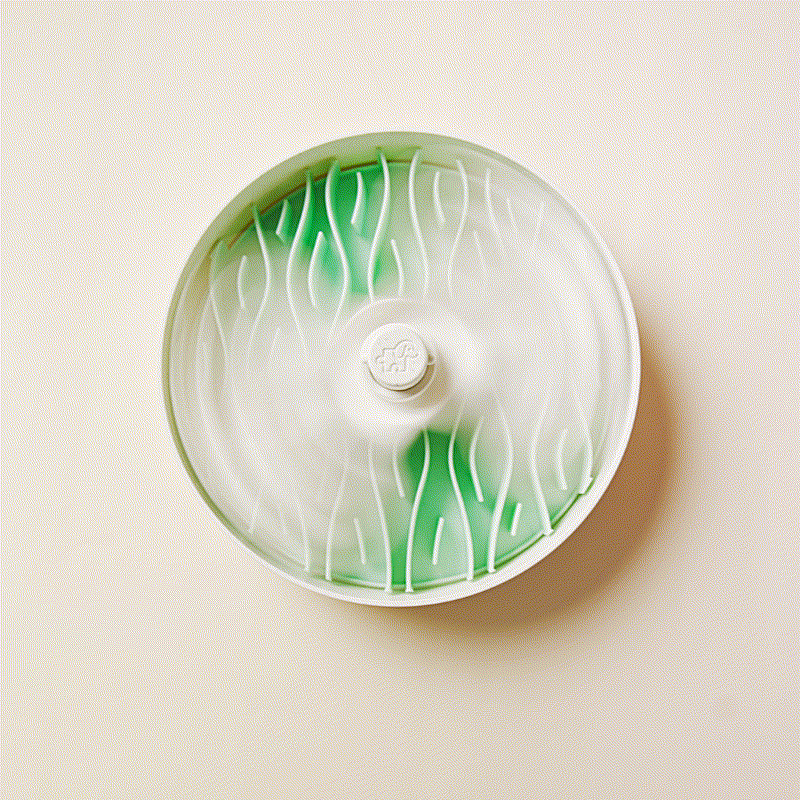
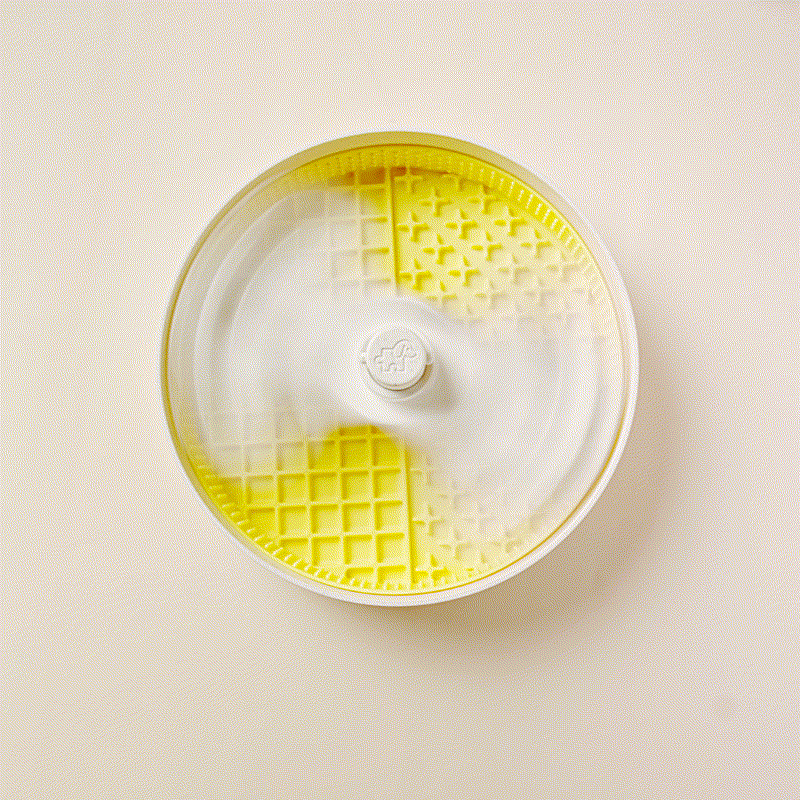

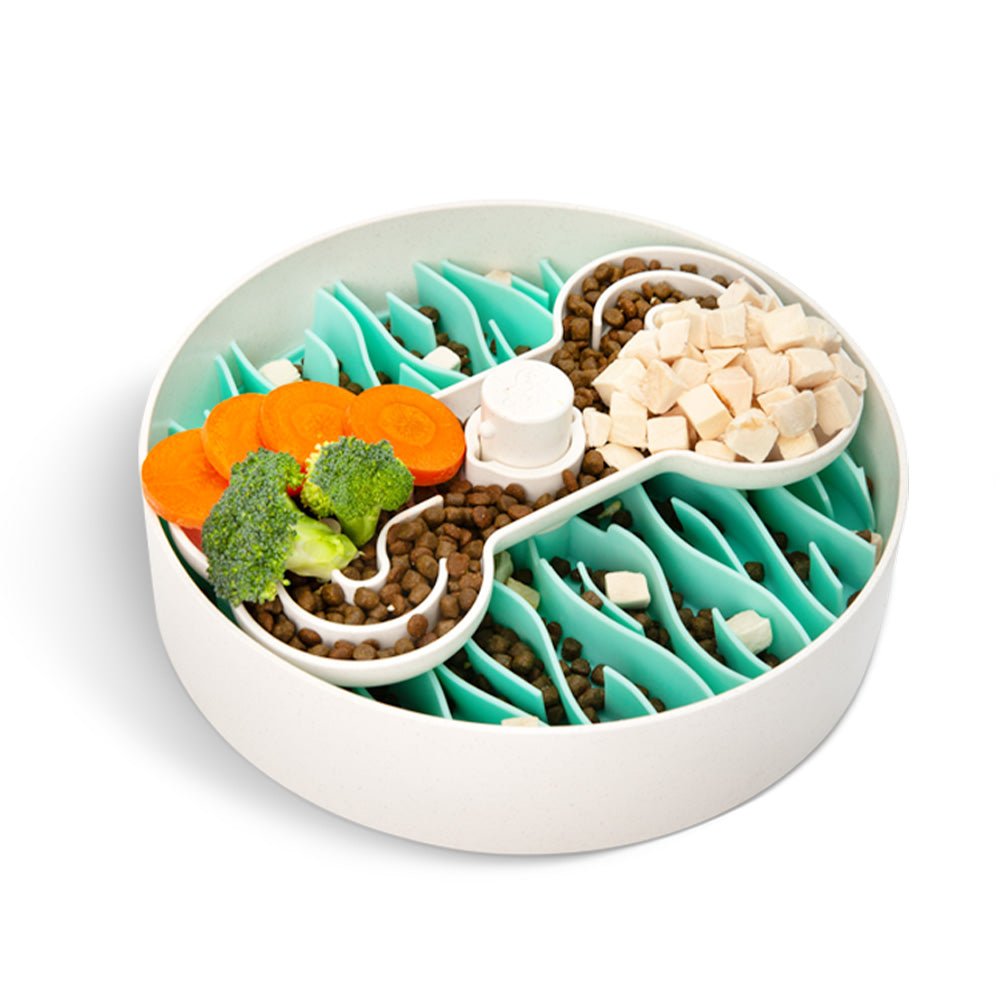
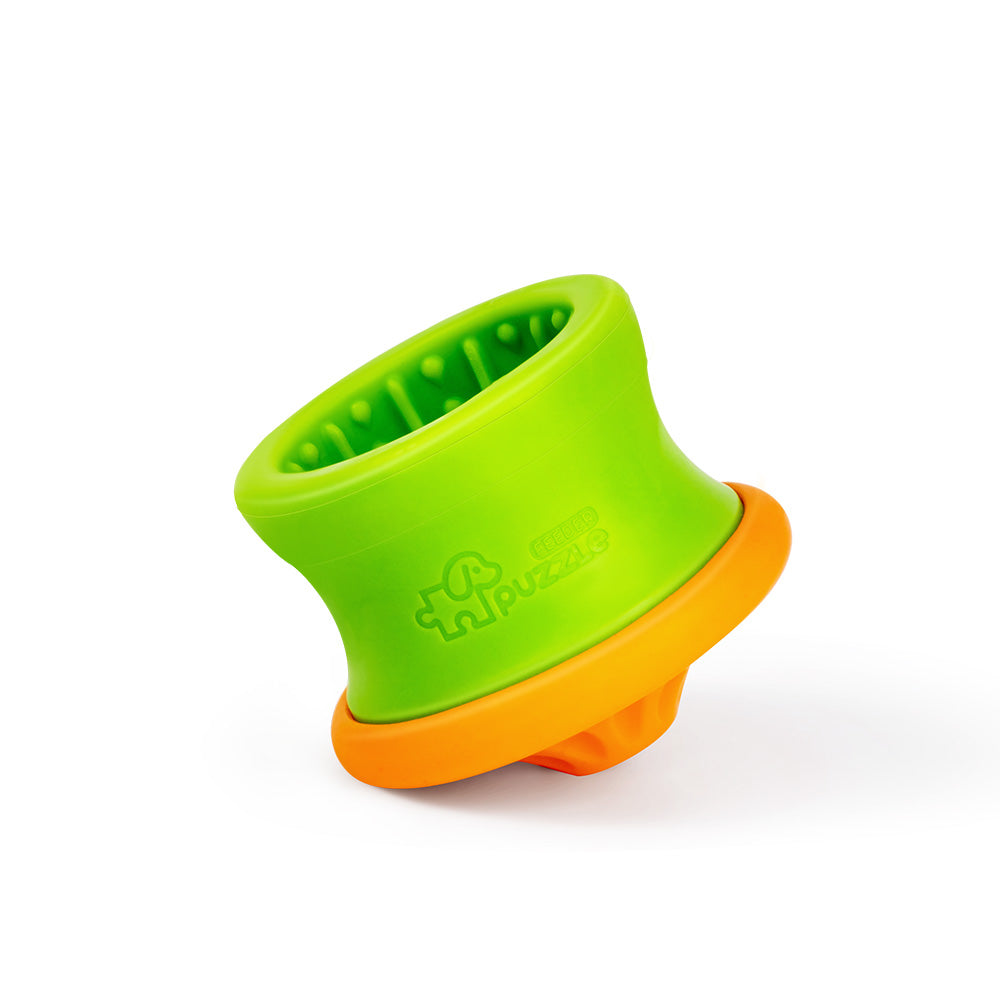
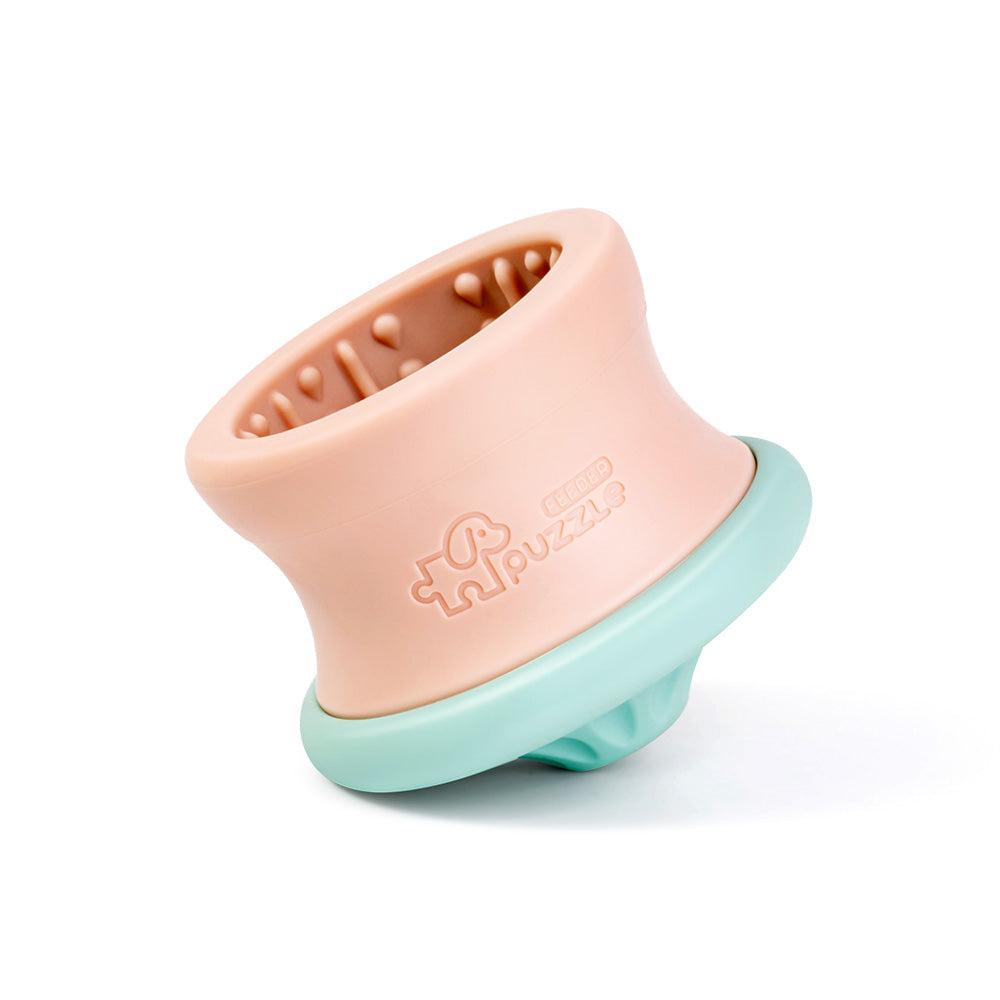
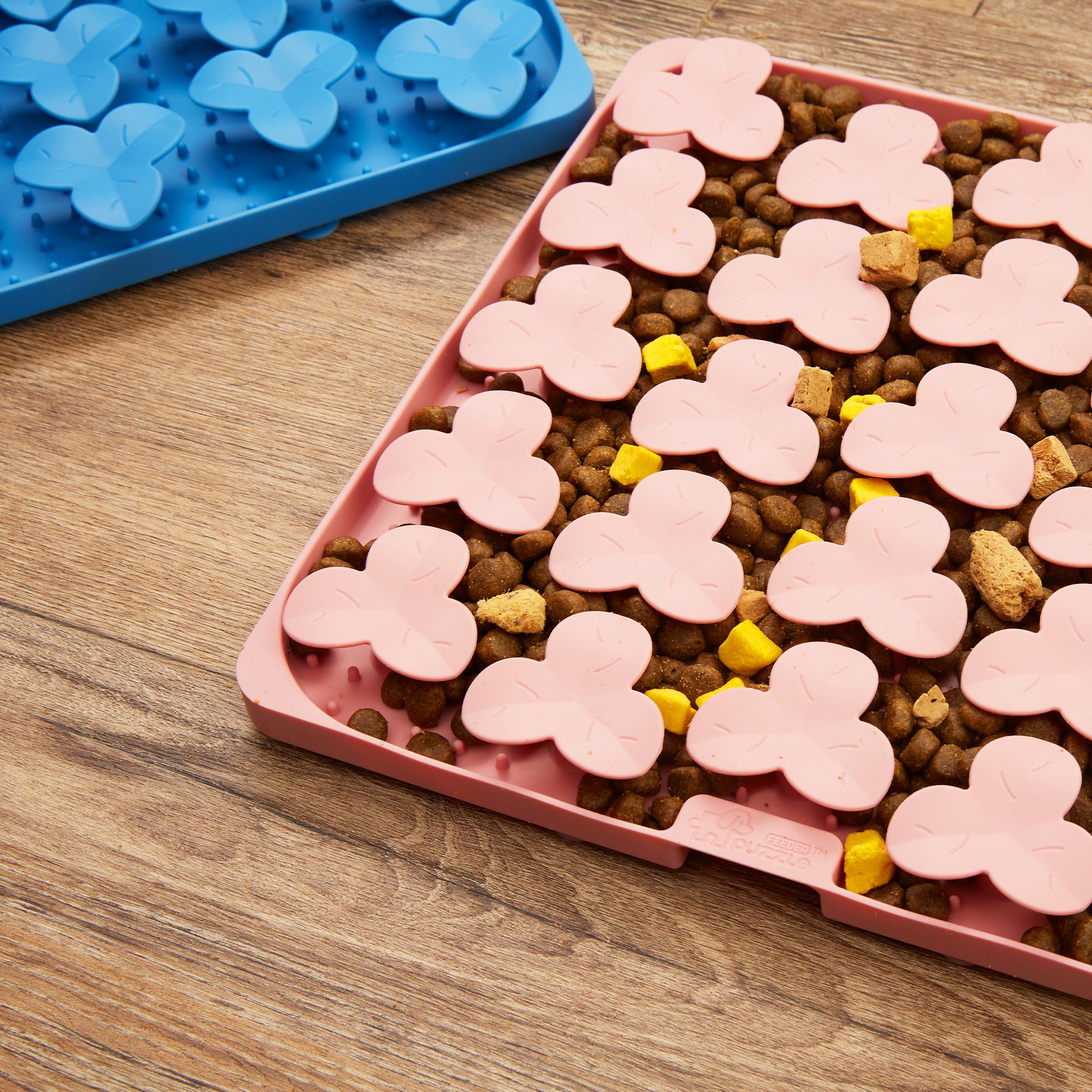

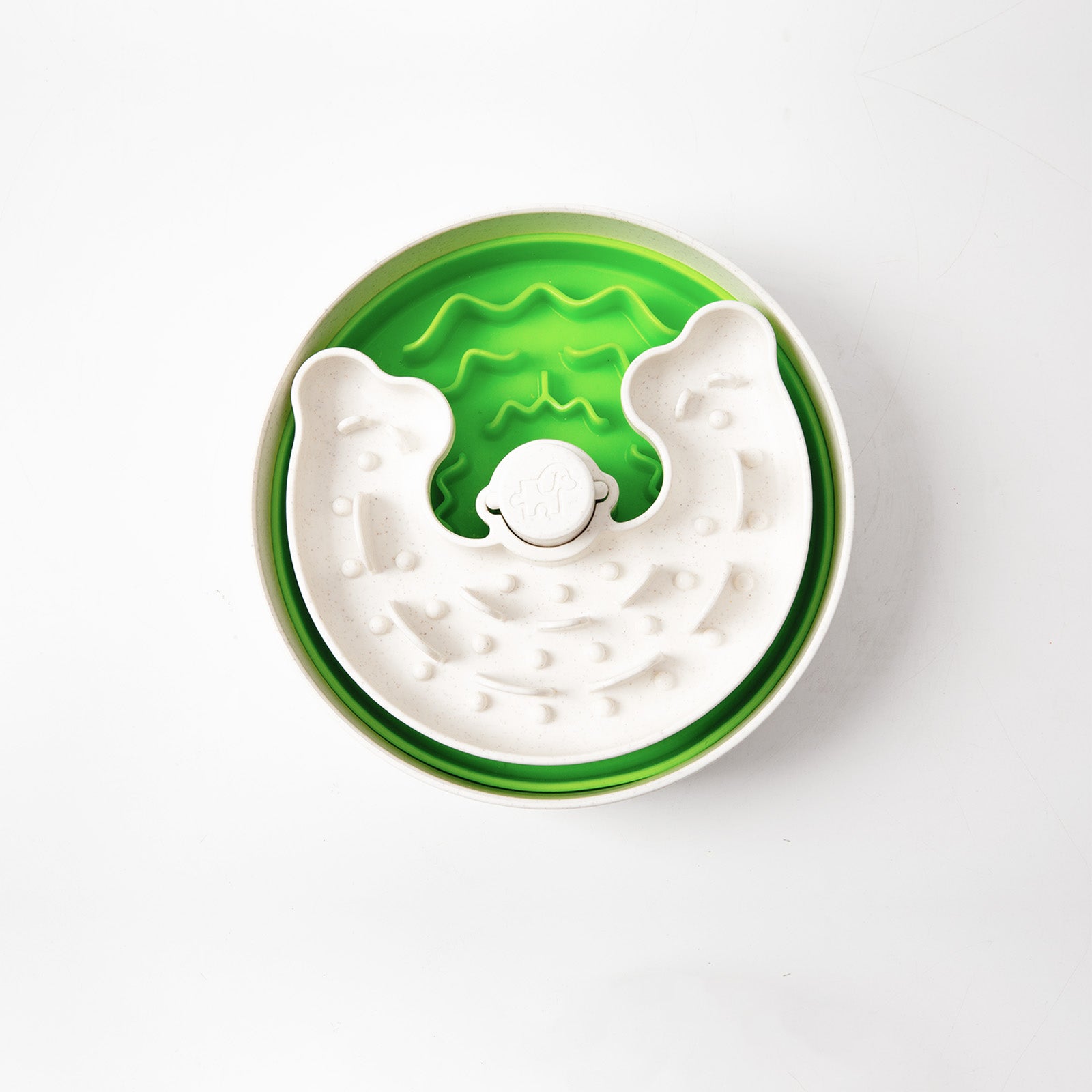
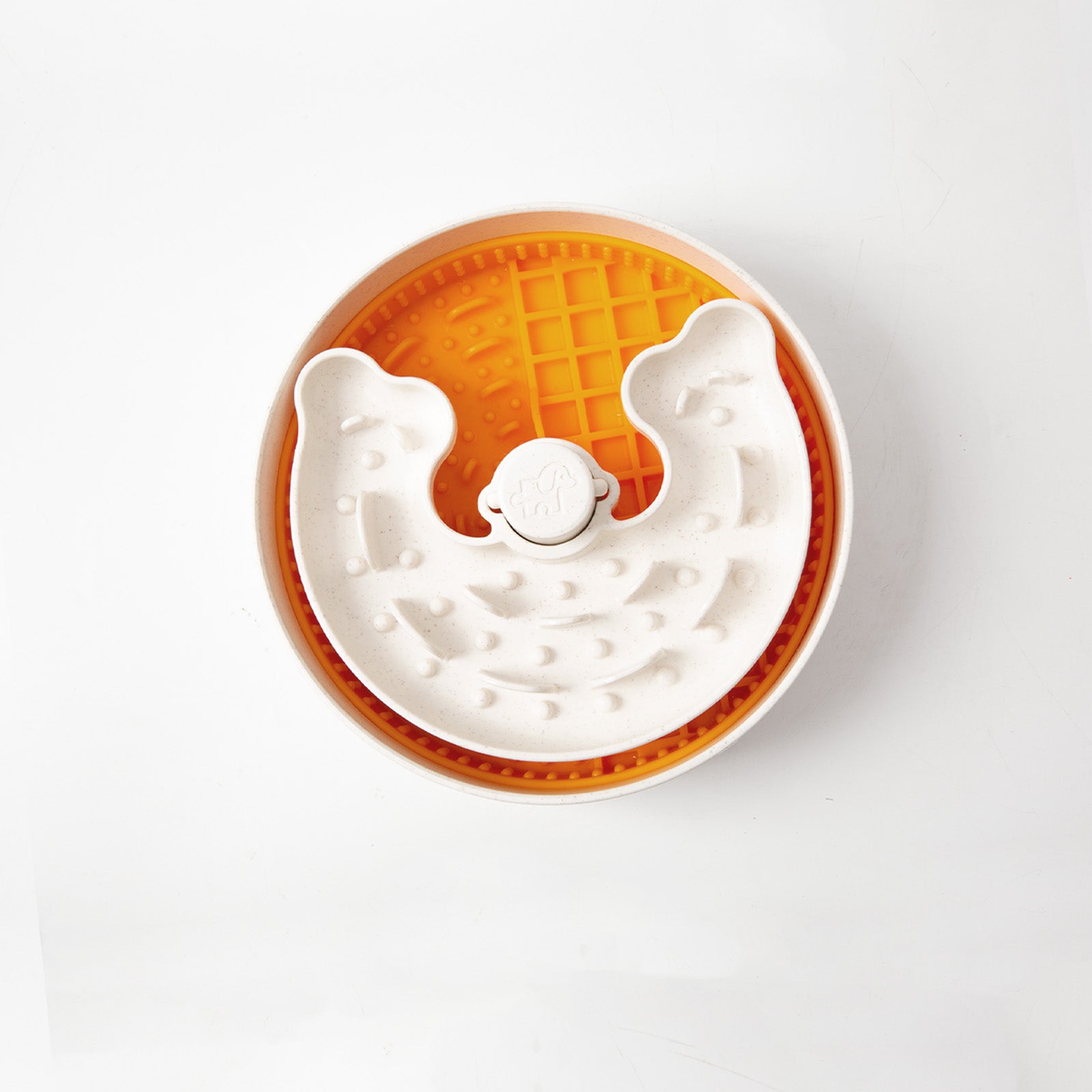

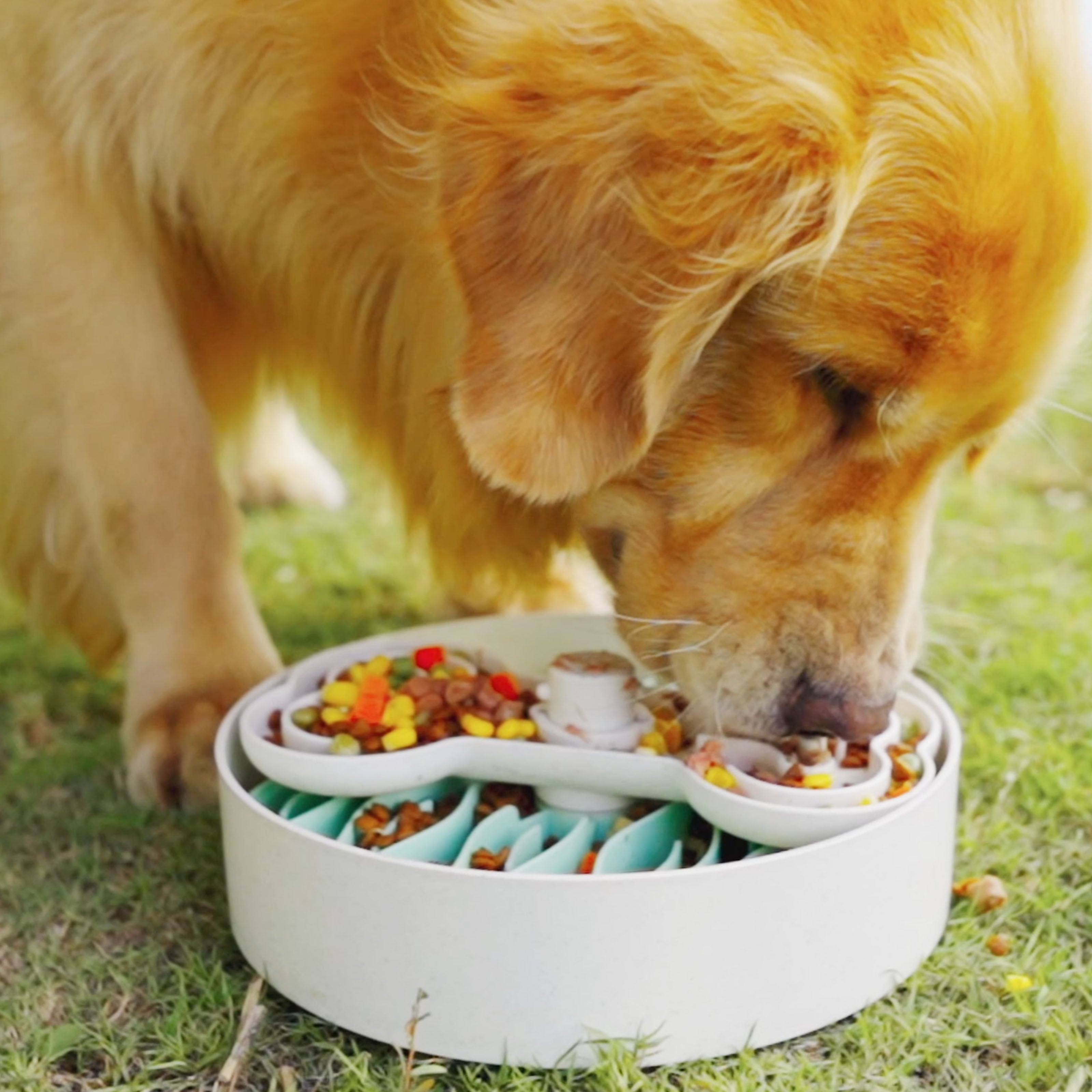

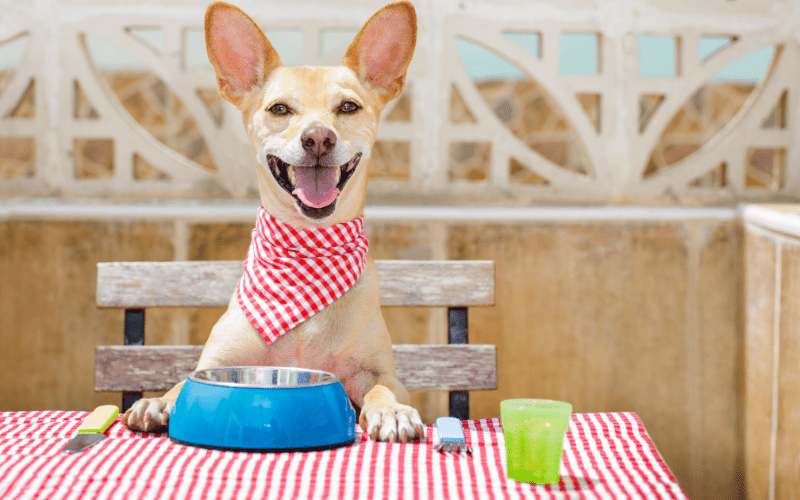
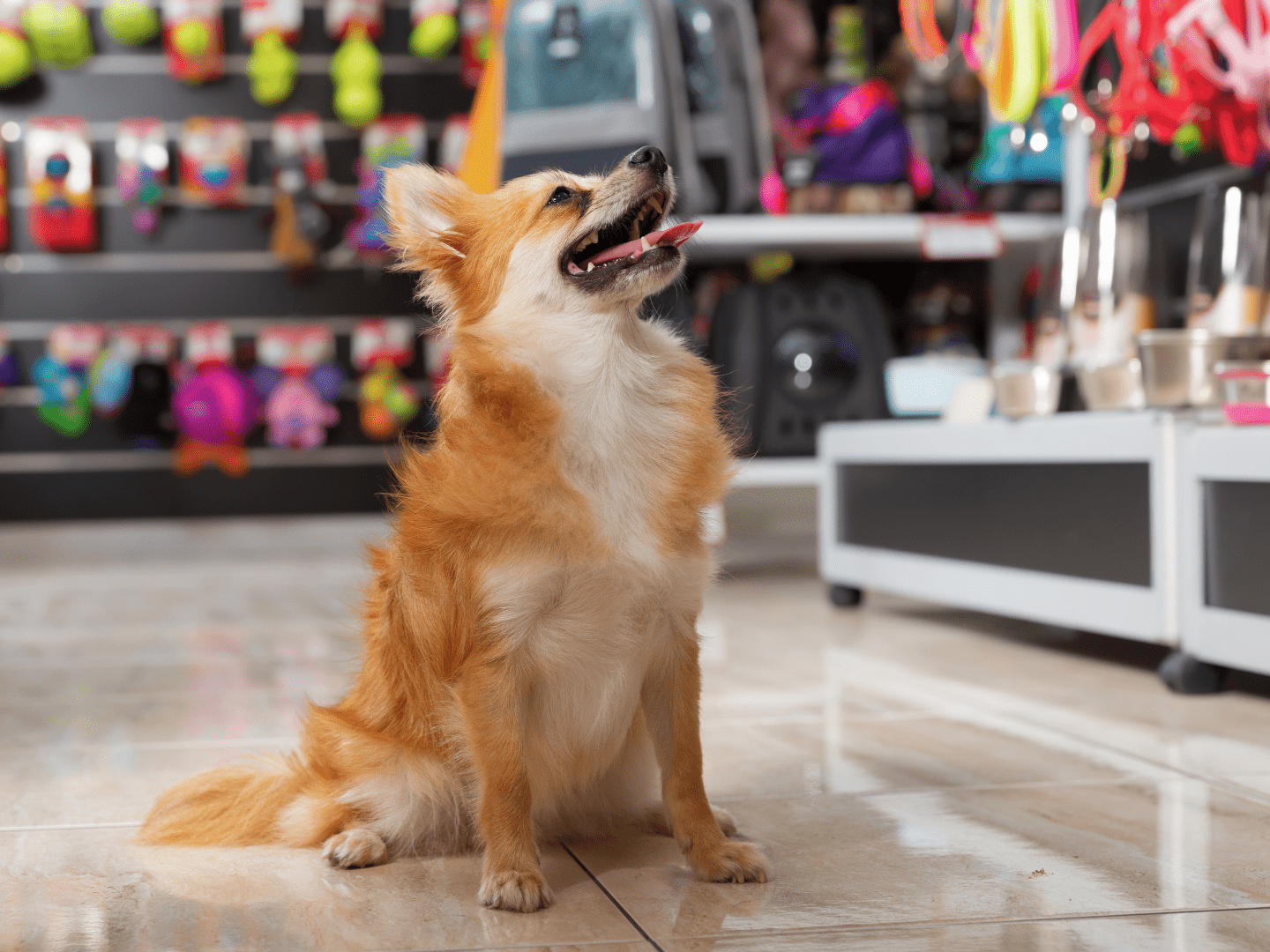
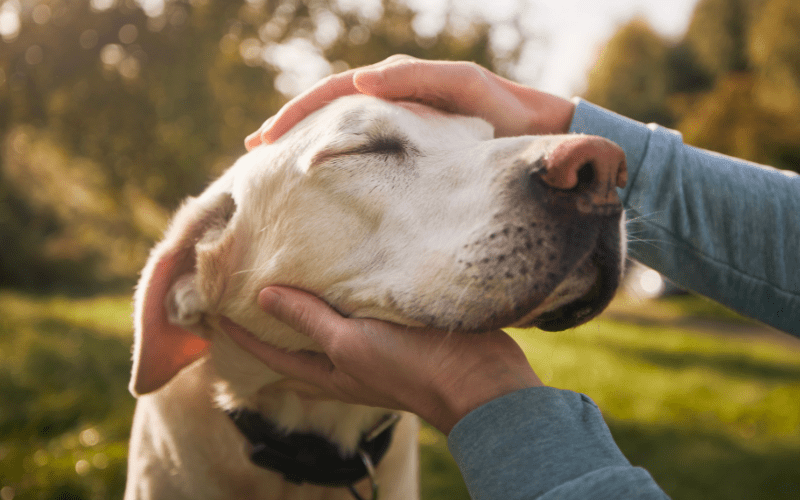
댓글 남기기
모든 댓글은 게시 전 검토됩니다.
이 사이트는 hCaptcha에 의해 보호되며, hCaptcha의 개인 정보 보호 정책 과 서비스 약관 이 적용됩니다.